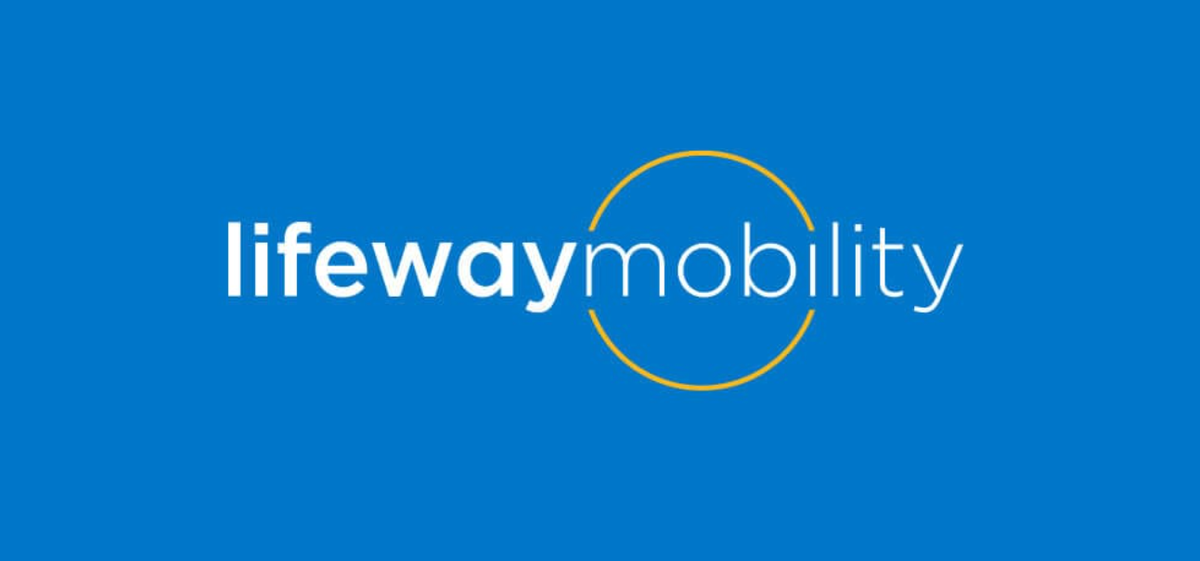When I began working with Lifeway Mobility in August 2024, I knew I had some big shoes to fill. I was stepping into a role previously held by another student who had set the bar high, especially in the eyes of my primary point of contact, John B. Lifeway Mobility is an organization dedicated to selling and manufacturing accessible technology, such as stairlifts and wheelchair ramps, and I was eager to contribute to their mission. While I had plenty of information about John’s preferences —particularly his desire for courses that were simple and straightforward—I quickly learned that I needed to better understand Lifeway’s learning audience.
As John explained, Lifeway’s online academy primarily serves new hires, many of whom are blue-collar workers with limited experience using computers. Tasks that some might consider simple—like accessing email or online files—can sometimes be challenging for this audience. The academy offers a range of courses, from product-specific sales techniques to installation and manufacturing processes, all designed to help employees succeed in their roles.
With this context in mind, my first assignment was to create an Articulate Rise course that introduced technicians to the EZ-Vizion platform, a tool designed to simulate residential ramps during client consultations. Simultaneously, I was developing another course that provided an overview of various stairlifts that salespeople would be selling and technicians would be installing.
While I knew I needed to keep the courses simple, I still wanted to impress John. I incorporated an animated Vyond video, some animated graphics, and a Storyline block into the courses. In my mind, these features would increase engagement and help learners practice and apply what they had learned. I thought I had struck the perfect balance between simplicity and engagement.
However, John wasn’t quite as enthusiastic. He was kind and constructive but made it clear that these additions weren’t the right fit. This led to an honest conversation about both the project’s scope and, more importantly, the learning audience. Initially, I assumed John might just be resistant to change. But as we discussed the audience’s needs, I realized he was looking out for the learners. For many of them, the animated elements and interactive Storyline block were more overwhelming than engaging. What I saw as helpful tools, they experienced as barriers.
This experience taught me three key lessons that I’ll carry with me throughout my career in instructional design:
- Always Take Time to Understand Your Audience: It’s crucial to invest time upfront to clearly define both the project’s scope and the needs of the learning audience. No matter how innovative your design might be, if it doesn’t align with the learners’ preferences and capabilities, it won’t be effective.
- Use Tools Purposefully: Tools like Vyond and Storyline are great, but they should only be used if they genuinely enhance the learning experience. Flashy features might capture attention, but if they create confusion or slow down the learning process, they’re doing more harm than good.
- Simple Can Still Be Engaging: Engagement doesn’t always require high-tech solutions. With creativity and collaboration with subject matter experts, you can design activities that are both effective and accessible. For example, printable guided role-play exercises can offer learners practical ways to apply their knowledge without the need for complex digital interactions.
Looking back, I appreciate the lessons I learned from working with John and Lifeway Mobility. This experience reinforced the importance of aligning instructional design with the audience’s unique needs and reminded me that simplicity, when done right, can be incredibly powerful.














Member discussion